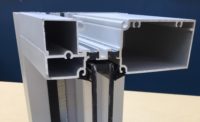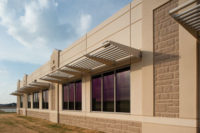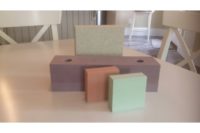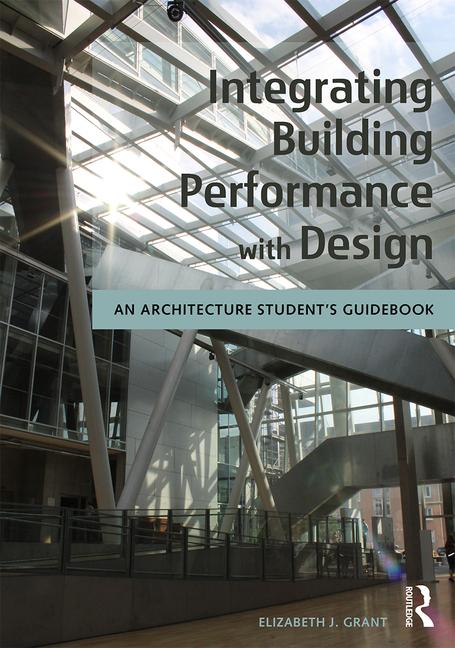Situated on the site of Gadsden’s Wharf, the landing point for nearly half of all enslaved Africans brought to the United States, the International African American Museum will encompass 41,800 sq ft (3,900 m2) of program and exhibit space to preserve and protect the cultures, genealogy and accumulated knowledge of Africans in the Americas, telling their stories and celebrating their achievements.
Designed by Pei Cobb Freed & Partners in collaboration with Moody-Nolan architects, the one-story structure sits 13 feet above grade on a double row of cylindrical columns, offering an expansive sheltered public space with a reflecting pool and views of the African Ancestors Memorial Garden.
Egress from the building’s waterfront side is provided by a steel staircase whose second and fourth landings are tied into the building's interior I-beams, posing a potential thermal bridging problem. Without thermal breaks, heat energy would flow unabated through the otherwise insulated building envelope, wasting heat or A/C depending on season, and allowing condensation and mold to form on adjacent interior structures during cold winter months.
To mitigate thermal bridging, Schöck Isokorb® steel-to-steel structural thermal breaks are installed in line with the building envelope, at the point where landing frames connect to interior I-beams. Each thermal break consists of stainless steel threaded rods and bolts penetrating an R-15 insulation block, providing requisite structural integrity while reducing heat energy transfer by up to 75 percent.
As noted by Xiaoxiao Wu, structural engineer and Associate at Guy Nordenson and Associates, “The thermal breaks have to satisfy the gravity load, but because Charleston is also in a seismic zone, the breaks have to withstand not only vertical forces but lateral forces as well, from earthquakes, floods, and hurricanes.”
“Installation went smoothly with no issues,” says Ms. Wu, adding that Nordenson and Associates has used Isokorb® thermal breaks on other major projects, including the Smithsonian African American Museum, The Studio Museum in Harlem and the Kimbell Art Museum in Texas.





